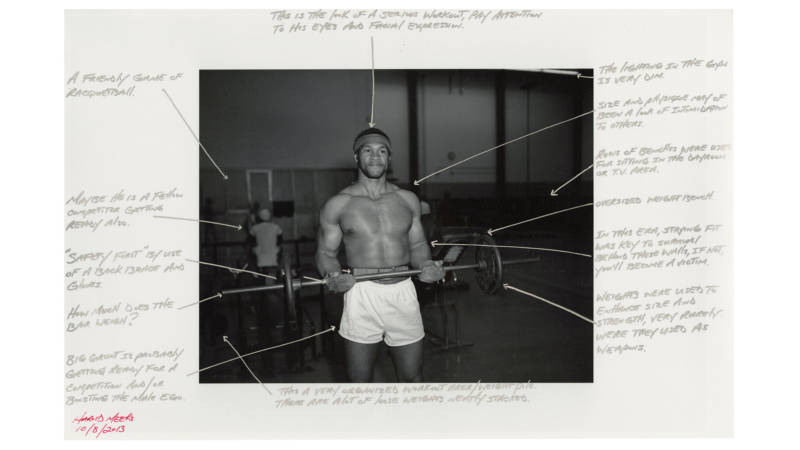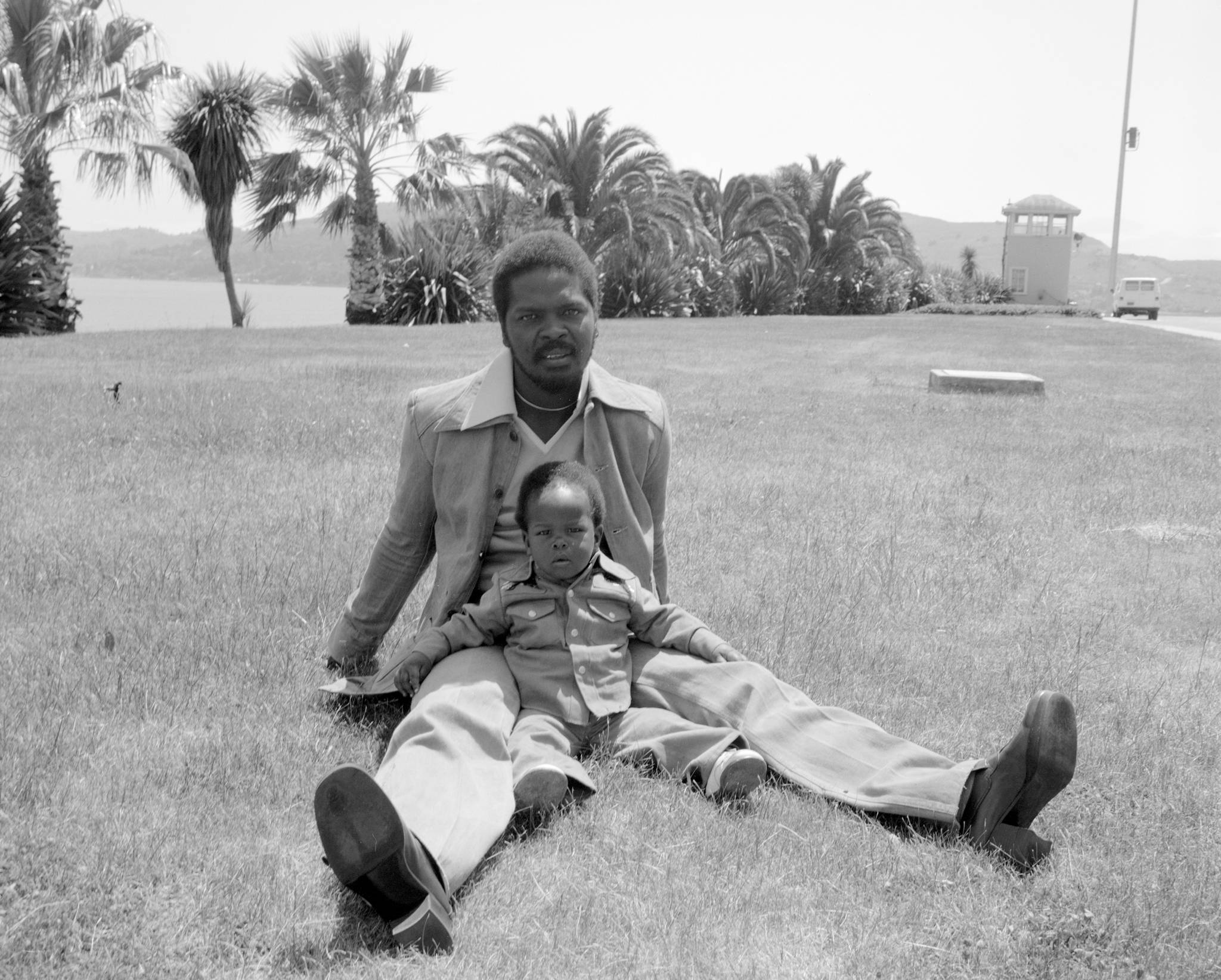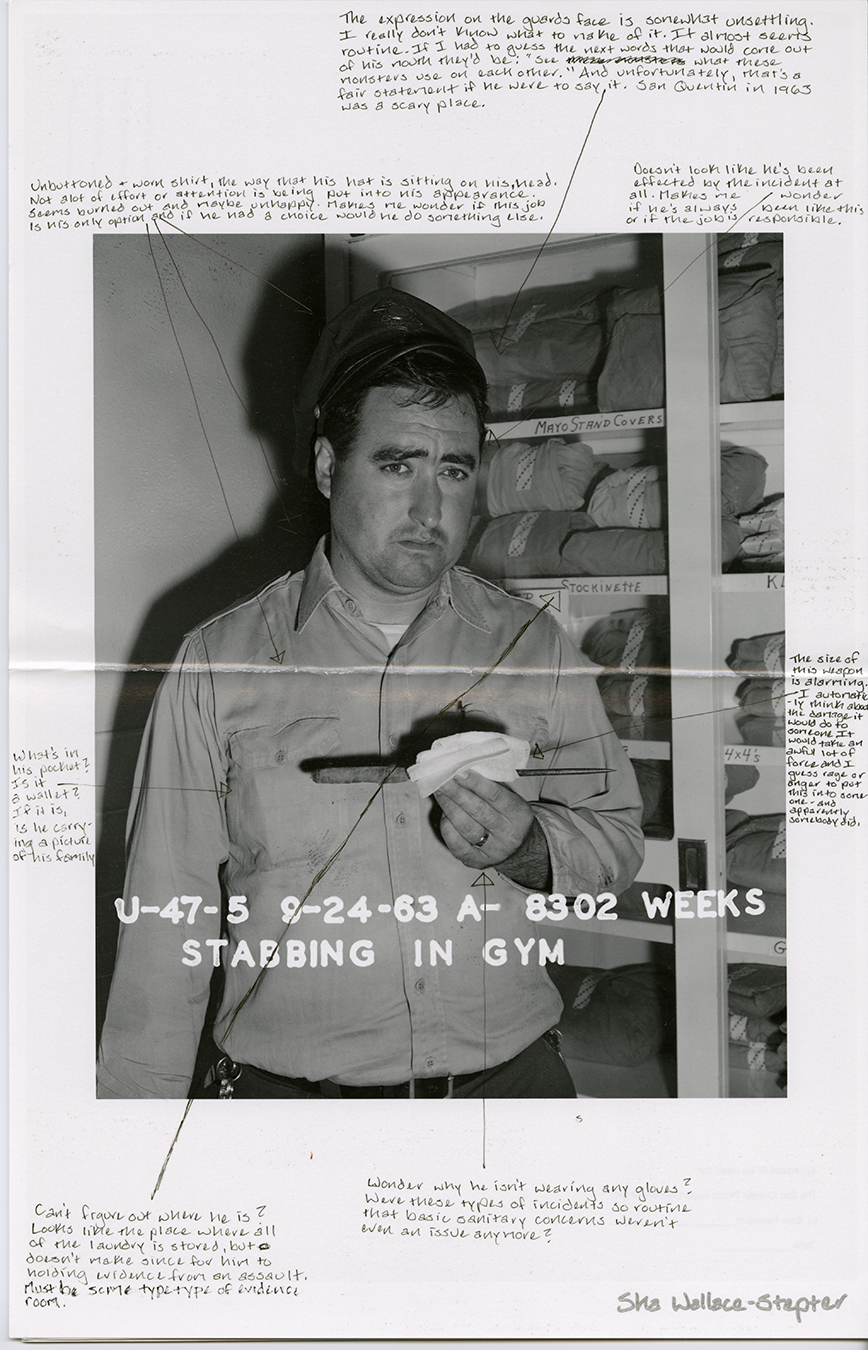It started with a box of negatives.
In 2012, Bay Area photographer, educator and podcast host Nigel Poor was one year into teaching the course “Visual Concerns in Photography” at San Quentin State Prison when administrators gave her a box containing thousands of unorganized negatives—images produced between the 1930s and 1980s—from the prison’s archive.
Out of this material chaos, Poor and her students gained a profound understanding of photography as a tool for personal development, and learned how it both serves and undermines rigid institutional narratives. The San Quentin Project: Nigel Poor and the Men of San Quentin State Prison, on view at Berkeley Art Museum Pacific Film Archive through Nov. 17, shares the fruit of that knowledge with the public.
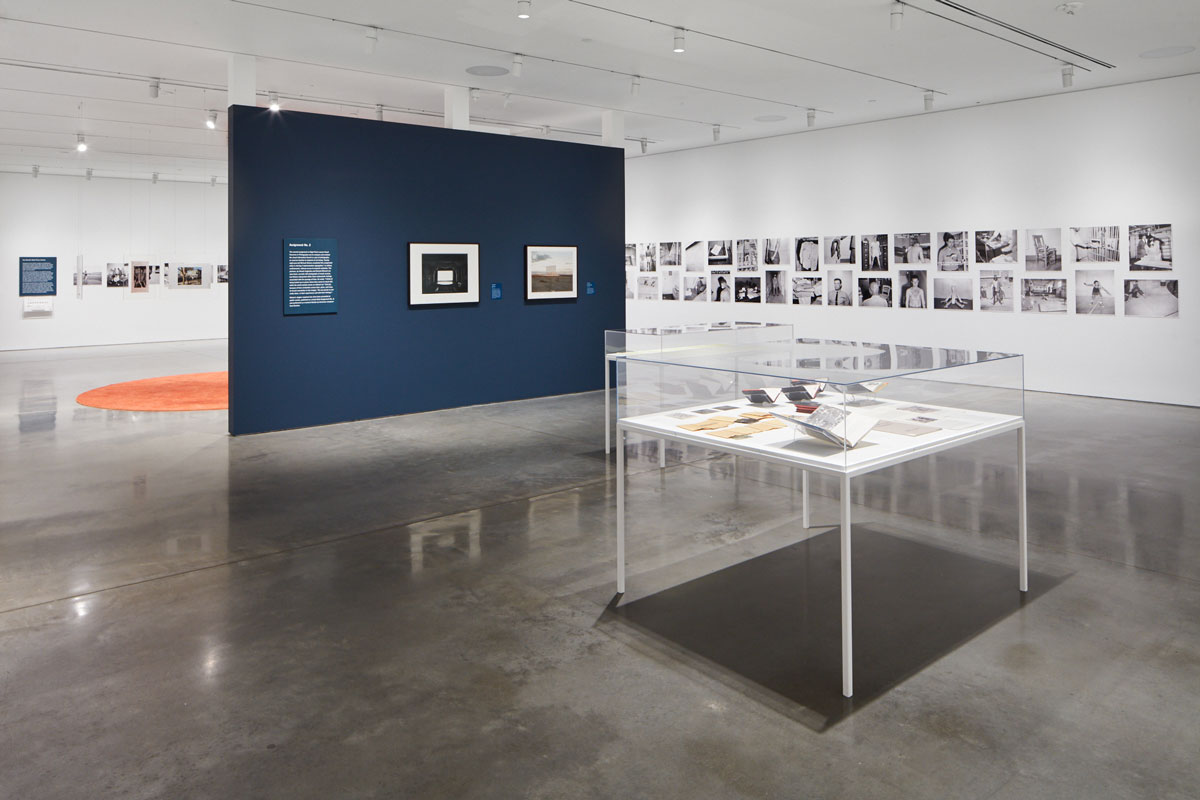
Poor volunteers at San Quentin through the Prison University Project, a nonprofit organization that offers higher education opportunities to incarcerated men. The class she teaches works with students to develop visual analysis skills, a goal achieved through assignments she calls “mapping exercises.”
Poor’s use of the word “mapping” to describe this work is a minor yet compelling detail. Maps represent knowledge; they make it clear who produces and controls the information within them, and for whom that information is intended. The opportunity to work with images created within the prison industrial complex, but without the supervision of that authority, meant that Poor’s students could freely interrogate the official narratives the images convey.
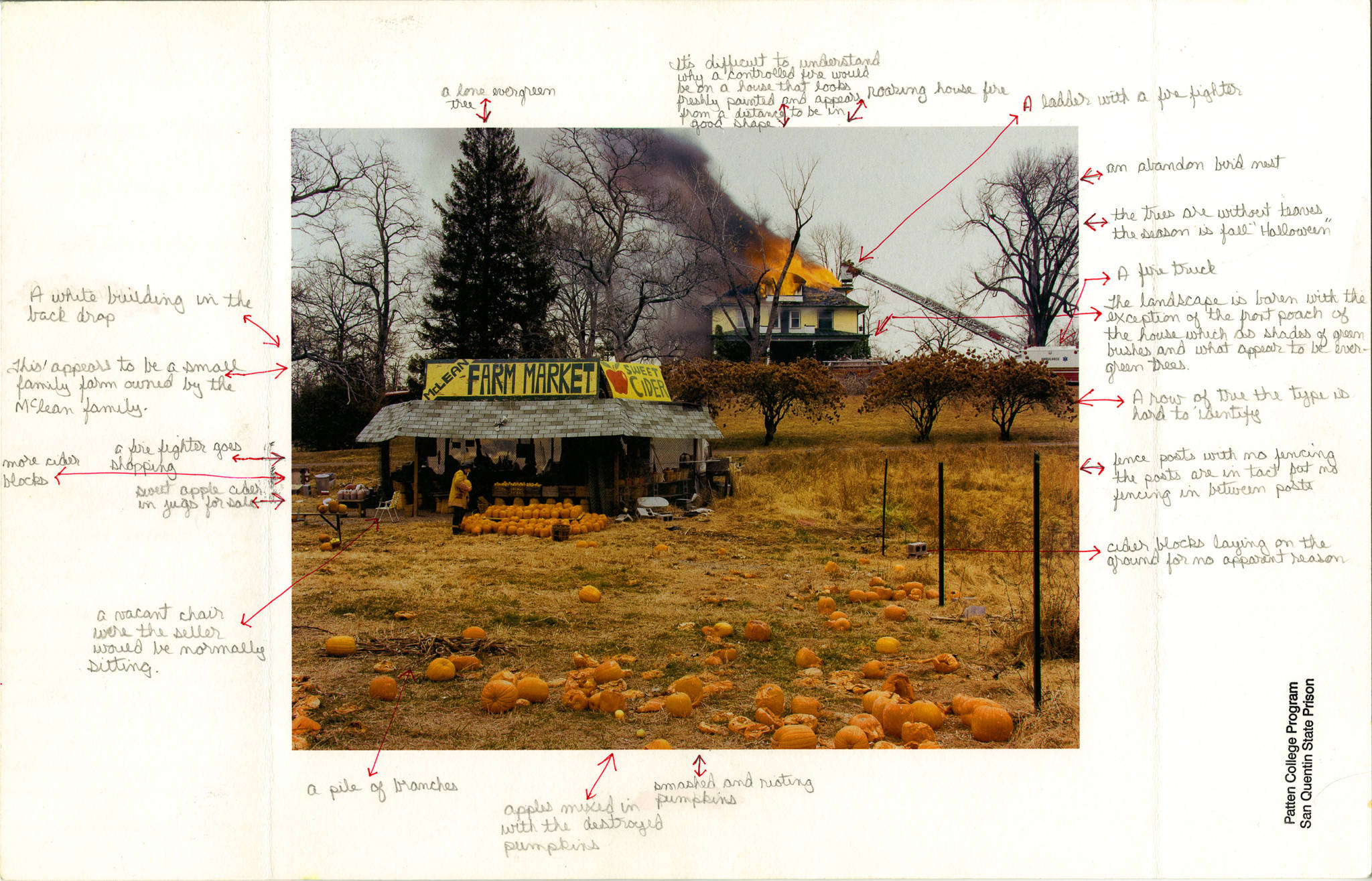
In one assignment, students deconstructed a range of photographs made by notable photographers such as Joel Sternfeld, analyzing what they saw “like a crime scene to be studied, written on, and mapped to reveal its undisclosed story,” Poor relates in a gallery text panel. On the back of each double-sided image, students composed personal responses to the scenes. Six of these minimally framed objects hang in a circle at the center of the BAMPFA exhibition. Reading them is to witness basic visual analysis transform into absorbing and unexpected narrative arcs that begin and end on the same page.
